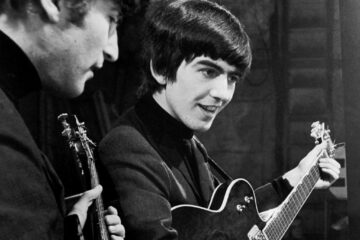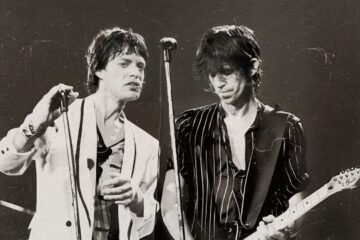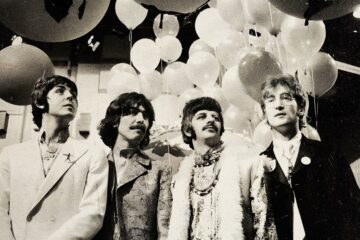Although John Lennon first came to prominence as the brazen young frontman of The Beatles, just like his bandmates, he would metamorphose as a person as his story went on, with his sonic experiments mirroring this constant evolution. Helped on by drugs, the trappings of fame, and complicated romances, like with all world-famous artists, the character that burst onto the scene was markedly distinct from his final form.
While many artists have enjoyed stellar artistic odysseys, where they voyage deep into themselves to extract musical brilliance, Lennon’s is one of, if not the most fascinating. His music and personal journeys were symbiotic, adding a different dimension to either side, as both were inextricable. His music offered insight into the complex mind behind the sonics, and his musical creations reflected his personal juncture at the time.
After Lennon was unchained from The Beatles and was able to explore the totality of his creative impulses as a solo artist in the 1970s, his work took on a more personal light. Now that he was John Lennon outside of the Fab Four, he used his sonics to comment on more worldly matters, such as the fight for global peace, as well as delve into the intricate psychological cogs of the man behind the world’s most influential group.
This arc might have produced its fair share of oddities, but Lennon, as a solo artist, was more refined and perhaps had more purpose than he did towards the end of The Beatles’ career, no matter how excellent their later records are. His solo stint is full of substance, whether that be ‘Mother’, which addresses being abandoned by his parents as a child, two tragedies that indelibly impacted the young boy and had a significant hand in making him the man and artist he was, and ‘How Do You Sleep?’ a number that took explicit potshots at his old songwriting partner, Paul McCartney.
Lennon’s solo career is packed with insight and other easter eggs that materialised as byproducts of his desire to create music that truly reflected him. When speaking to Rolling Stone in 1980, he even revealed that he’d gone full circle with his art and had purposefully connected a song from his first solo effort, 1970’s John Lennon/Plastic Ono Band, and a track from the final album before his death, 1980’s Double Fantasy. Not finished there, he maintained they were both part of something much more profound.
Lennon explained: “People are always judging you, or criticising what you’re trying to say on one little album, on one little song, but to me it’s a lifetime’s work. From the boyhood paintings and poetry to when I die — it’s all part of one big production.”
He shouldn’t have had to announce that the drug-fuelled Double Fantasy was part of a larger work, Lennon said because it should have been obvious that all of his works were spiritually connected.
“But I did put a little clue on the beginning of the record — the bells… the bells on ‘Starting Over.’ The head of the album, if anybody is interested, is a wishing bell of Yoko’s,” he continued. “And it’s like the beginning of ‘Mother’ on the Plastic Ono album, which had a very slow death bell. So it’s taken a long time to get from a slow church death bell to this sweet little wishing bell. And that’s the connection. To me, my work is one piece.”
There might have been more to the songs’ connection than in a purely musical sense. Commenting on ‘Starting Over’, Lennon said that he was a born-again rock musician thanks to it and Double Fantasy and that the song was him returning to his roots. This means that the connection to ‘Mother’, a track steeped in what made him the man and musician he was, was him physically attempting to return to those times and mine for gold, despite how heartbreaking the era was for him.



